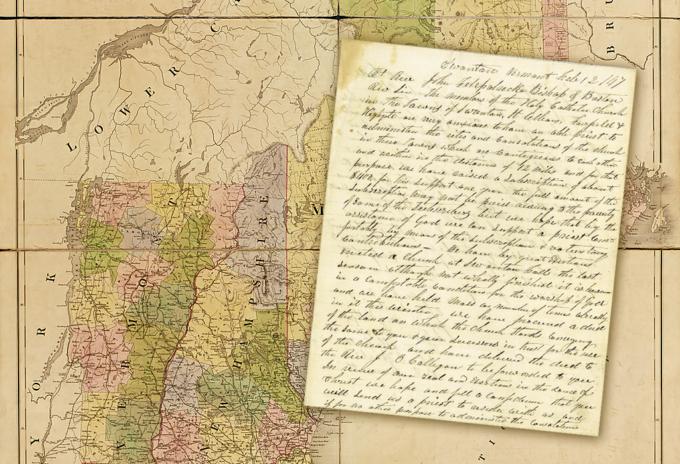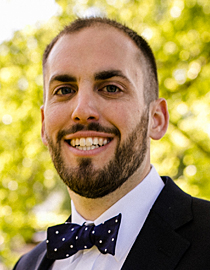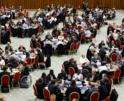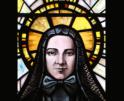
Culture
The year 1830 marked a major turning point in Vermont Catholic history. That year, Bishop Fitzpatrick met Father Jeremiah O'Callaghan who was sent to serve the state's Catholics.

Lester
On Feb. 12, 1847, "members of the Holy Catholic Church in the towns of Swanton, St. Albans, Fairfield, and Highgate," Vermont, wrote Bishop John B. Fitzpatrick of Boston, asking him to send a priest to serve their community. The area which includes these contiguous towns makes up the northwestern most part of the state, to the west Lake Champlain, on the opposite bank of which is New York, and to the north the Province of Quebec, Canada.
Although from 1789 the State of Vermont was part of the Diocese of Baltimore, and from 1808 the Diocese of Boston, Catholics were primarily served by priests coming south from Canada. Boston clergy are known to have made two visits in 1822, one by Bishop John Cheverus before his departure for France the following year, but that was the extent of communication with Boston until later in the decade.
In the meantime, priests continued to visit from Canada and New York, until 1828 when Boston priest Father Patrick Byrne was asked to stop through on a trip to Canada. The following year, Father James Fitton also passed through before proceeding to his assignment at the Claremont, New Hampshire, mission.
The year 1830 marked a major turning point in Vermont Catholic history. That year, Bishop Fitzpatrick met Father Jeremiah O'Callaghan who was sent to serve the state's Catholics. In September, the Jesuit, or Catholic Sentinel, the original title of The Pilot, revealed that Catholics in the St. Albans and Swanton area were preparing to build a church and, acknowledging the increasing Catholic presence in the area, Bishop Benedict Fenwick visited in December.
Although the number of Catholics increased during the 1830s, diocesan historians remarked that they could be found in every community, rather than being concentrated in certain areas. "There was need, therefore, of rugged priests with the true apostolic spirit who, disdaining all ease and comfort, would be perpetually upon the road, circulating about the whole State, pursuing stray sheep into every village and mountain nook, and periodically attending every little group of Catholics."
Father O'Callaghan fit this description, and with his seemingly endless energy would travel throughout the state, and at times continued into New York and Western Massachusetts. He is credited with celebrating the first Mass in many Vermont towns and remained in the state until the establishment of the Diocese of Burlington 23 years later.
In the following decade, Irish immigration saw the Catholic population in Vermont surge, placing a great strain upon Father O'Callaghan despite his amazing efforts. Returning to the 1847 letter, the Catholics in the northwest of the state acknowledge that Father O'Callaghan "has indeed been a father to us, but he is getting old and his field so large that he cannot do justice to all."
The community, by now the second largest Catholic community after Burlington, reveals they have received $400 in pledges to support a resident priest. They have also begun constructing a church in Swanton and, though not yet complete, it has already been used to celebrate Mass.
"In review of our zeal and exertions in the cause of Christ we hope and fill a confidence that you will land us a priest to reside with us" they write. Adding that they expect that as soon as the church was completed Bishop Fitzpatrick would find his way there to dedicate it "to the use of the Holy Church and Almighty God."
Bishop Fitzpatrick answered in the affirmative, creating a mission separate from Burlington under the direction of Father George Hamilton. Within a few years, the growth of the Catholic population in Vermont was enough to warrant the creation of the Diocese of Burlington, established in 1853. At the time, there were five Catholic priests active in the state, 10 churches, and an estimated 20,000 Catholics. Rather than remain in Vermont, Father O'Callaghan continued to serve the Diocese of Boston until his death in 1861.
- Thomas Lester is the archivist of the Archdiocese of Boston.
Recent articles in the Culture & Events section
-
Scripture Reflection for April 14, 2024, Third Sunday of EasterDeacon Greg Kandra
-
St. Helena's House is established in the South EndThomas Lester
-
Is this synodality?Russell Shaw
-
Poking the hornet's nest of IVFFather Tadeusz Pacholczyk
-
A eucharistic word: MissionMichael R. Heinlein


















